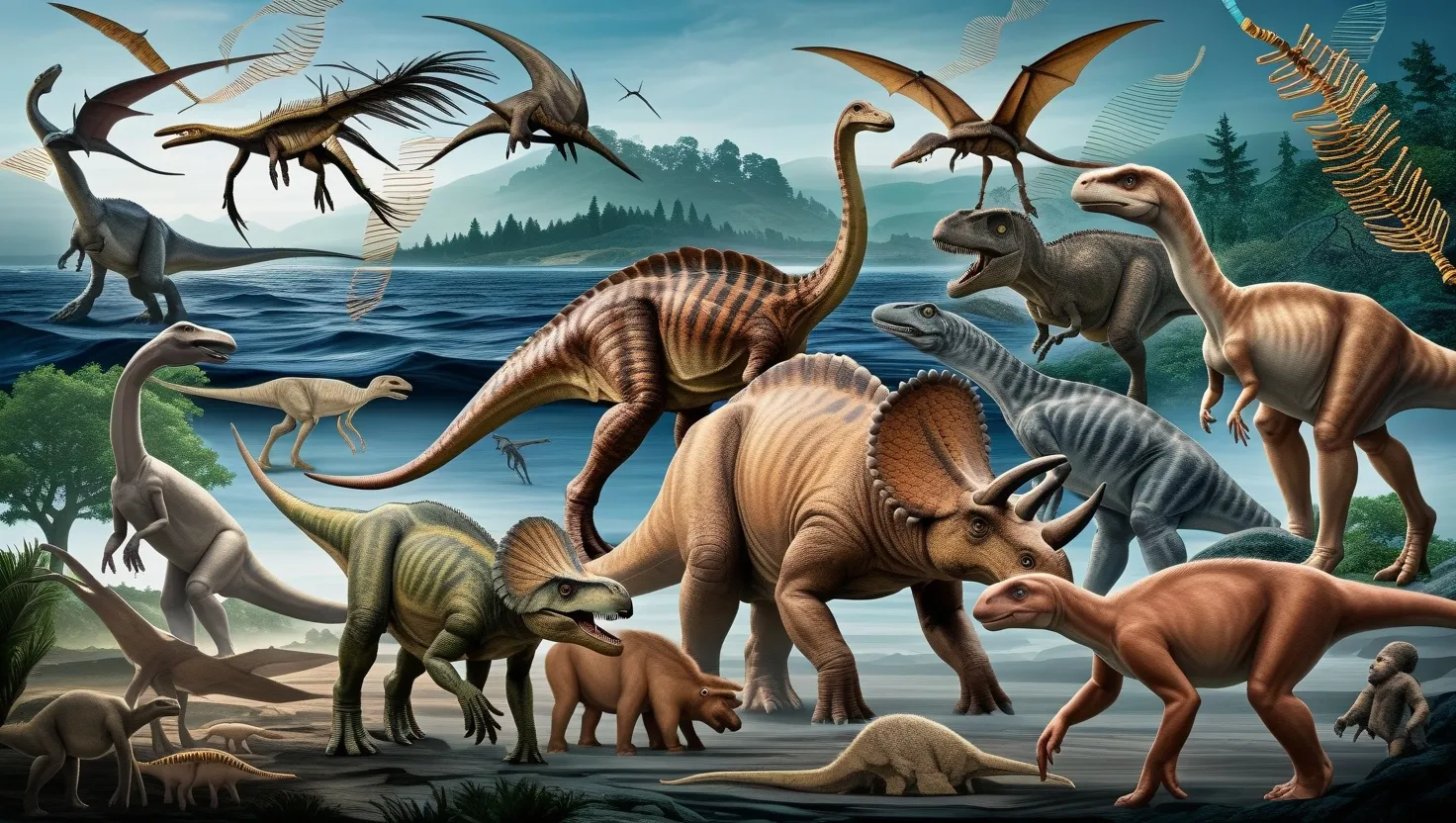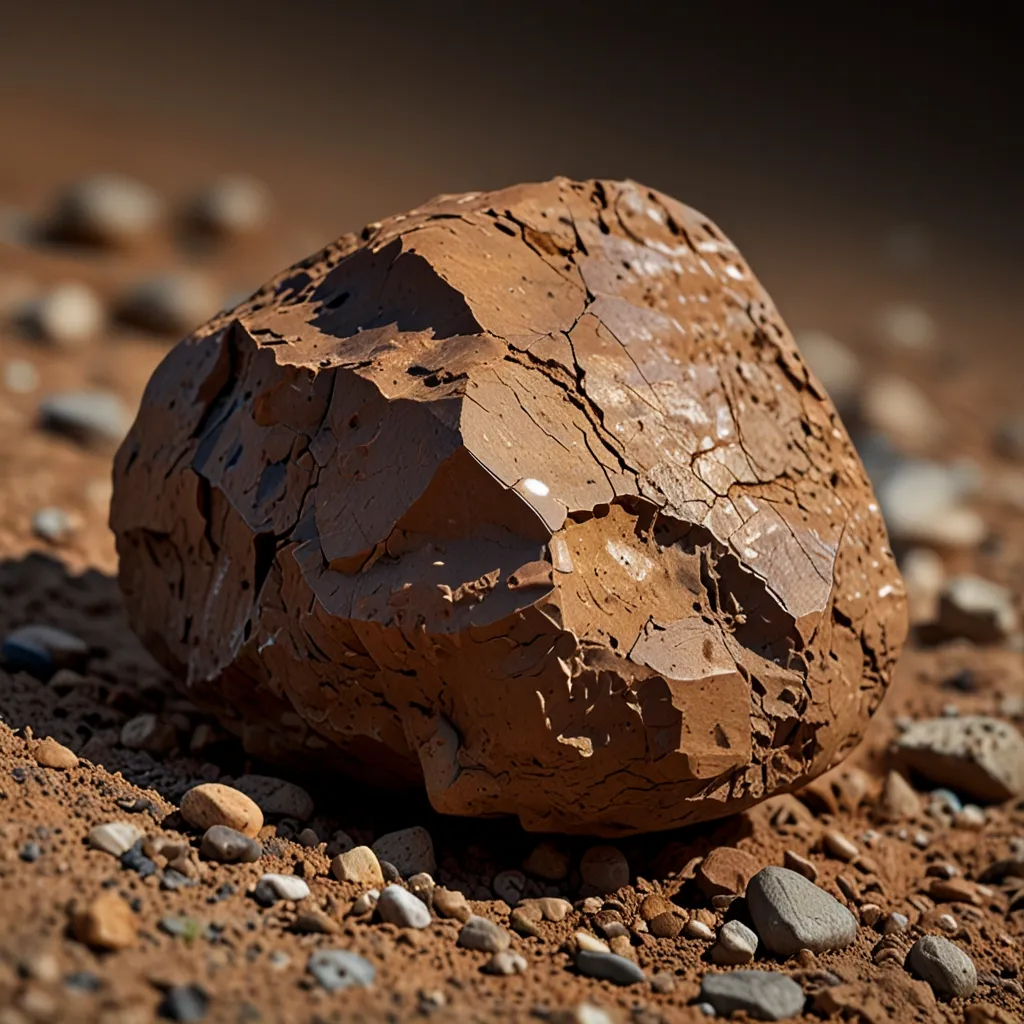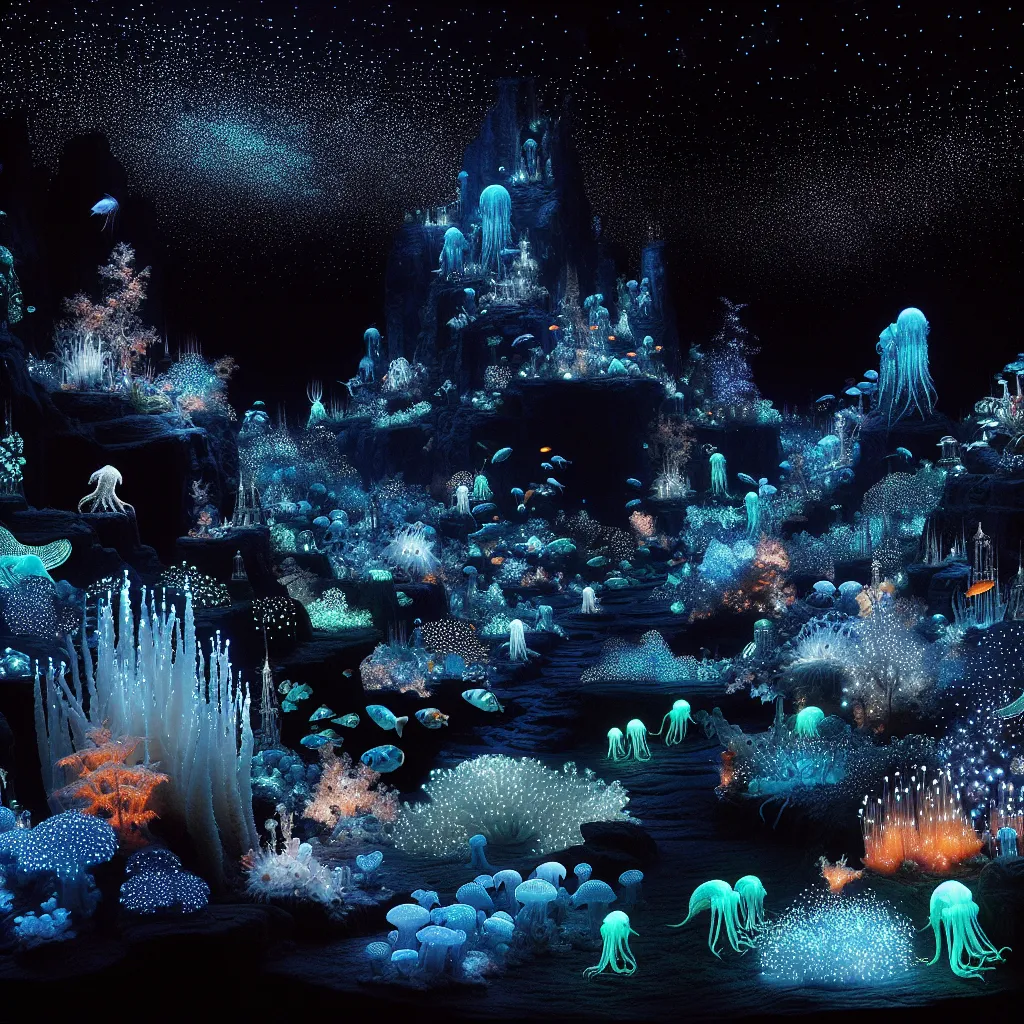As I delve into the world of paleontology, I am constantly reminded of the profound impact that each new discovery has on our understanding of prehistoric life. The field is a treasure trove of surprises, each find painting a more vivid and complex picture of the ancient world. Here are five groundbreaking discoveries that have significantly reshaped our view of the past.
The Archaeopteryx: A Bridge Between Worlds
The discovery of Archaeopteryx in 1861 was a watershed moment in the history of paleontology. This fossil, found in the limestone quarries of Solnhofen, Germany, presented a mix of reptilian and avian features that challenged the conventional wisdom of its time. With its combination of dinosaur-like teeth and a long bony tail, yet sporting feathers and wings, Archaeopteryx provided irrefutable evidence of the evolutionary link between dinosaurs and birds.
“As we know, the theory of evolution has been confirmed by an overwhelming amount of evidence from various fields of study, and Archaeopteryx is one of the most compelling pieces of this puzzle,” I often think, reflecting on the significance of this find.
Tiktaalik: The Fish That Walked
Fast forward to 2004, and the discovery of Tiktaalik in the Canadian Arctic brought to light a transitional form between fish and land-dwelling tetrapods. This fossil, with its robust limbs and neck, yet still retaining many fish-like features, filled a critical gap in the fossil record. It provided a tangible example of how vertebrates adapted to life on land, a process that was once shrouded in mystery.
“Tiktaalik is a remarkable example of evolutionary innovation,” notes a paleontologist, highlighting the adaptability of ancient creatures.
Homo Floresiensis: The Hobbits of Flores
In 2003, the discovery of Homo floresiensis on the Indonesian island of Flores shook the foundations of human evolutionary studies. These small-statured hominins, affectionately dubbed “hobbits,” suggested a far more complex picture of human ancestry and dispersal than previously thought. The finding raised questions about island dwarfism and the adaptability of human populations to isolated environments.
“The discovery of Homo floresiensis reminds us that human evolution is far more nuanced and varied than we often assume,” I ponder, considering the implications of such a find.
Feathered Dinosaurs: A New Image
The 1990s saw a revolution in our understanding of dinosaurs with the identification of fossilized feathers. This discovery, initially met with skepticism, has since become a cornerstone of modern paleontology. Many dinosaurs, once envisioned as scaly, reptilian creatures, are now known to have been feathered, much like their avian descendants.
“Feathers are not just for birds; they are a shared heritage with many of their dinosaur ancestors,” a paleontologist might say, reflecting on this paradigm shift.
Soft Tissue Preservation: A Window to the Past
In 2005, the discovery of soft tissue preservation in dinosaur fossils opened up new avenues for studying prehistoric life. This finding allowed scientists to analyze proteins and cells from long-extinct species, providing unprecedented insights into dinosaur physiology and evolution. It was as if the veil of time had been lifted, offering a glimpse into the biological makeup of creatures that lived millions of years ago.
“The preservation of soft tissues in dinosaur fossils is a remarkable phenomenon that has significantly advanced our understanding of these ancient creatures,” I note, marveling at the scientific breakthrough.
Hidden Aspects of Feathered Dinosaurs
Recent discoveries have further refined our understanding of feathered dinosaurs. For instance, the study of Psittacosaurus, a dinosaur from the early Cretaceous period, revealed that these creatures had a mix of scaly and feathered skin. This zoned development suggests that the transition from reptilian scales to feathers was a gradual process, with feathers initially emerging only in specific regions of the body.
“The evolution of feathers is a complex and fascinating story,” says a researcher, highlighting the intricate details of this process.
The World’s Oldest DNA and Swimming Dinosaurs
In 2022, several groundbreaking discoveries were made. One of the most intriguing was the finding of the world’s oldest DNA in Greenland, which provided insights into the ancient ecosystems of the region. Another significant find was the discovery of a swimming dinosaur in Mongolia, challenging our previous understanding of dinosaur mobility.
“How did these ancient creatures adapt to aquatic environments?” I wonder, considering the implications of such a discovery.
Living Fossils and Ancient Ecosystems
The discovery of ‘Ngamugawi Wirngarri’ in Western Australia, a fossil of a coelacanth that dates back 420 million years, has shed new light on the evolutionary history of these “living fossils.” Coelacanths, once thought to be extinct, were found to have evolved significantly over millions of years, influenced by geological events such as tectonic plate movements.
“Coelacanths are a testament to the enduring nature of life on Earth,” a scientist might remark, reflecting on the resilience of these ancient creatures.
A Feathered Tail in Amber
The discovery of a feathered dinosaur tail preserved in amber from Myanmar is another remarkable find. This 99-million-year-old specimen, once thought to be plant material, turned out to be the tail of a sparrow-sized dinosaur. The preservation of feathers and bones in amber has provided a unique window into the lives of these prehistoric creatures.
“What would it have been like to see these feathered dinosaurs in their natural habitat?” I ask myself, imagining the vibrant colors and textures of their feathers.
As we continue to explore the ancient world through these discoveries, we are reminded of the vast mysteries still waiting to be uncovered. Each new find is a piece of a larger puzzle, helping us to better understand the intricate and often surprising history of life on Earth.
“Science is a way of thinking much more than it is a body of knowledge,” Carl Sagan once said. This sentiment resonates deeply in the field of paleontology, where every discovery is a step forward in our ongoing quest to understand the past.
So, what lies ahead for paleontology? Will future discoveries continue to challenge our current understanding, or will they reinforce the theories we hold dear? One thing is certain: the journey of discovery is as exciting as it is enlightening, and each new find brings us closer to the truth about our ancient world.






